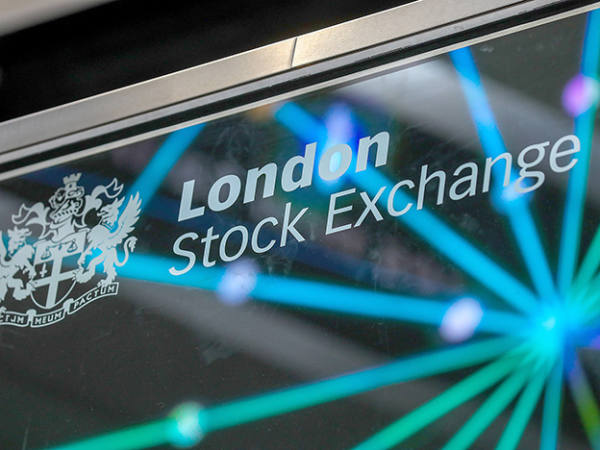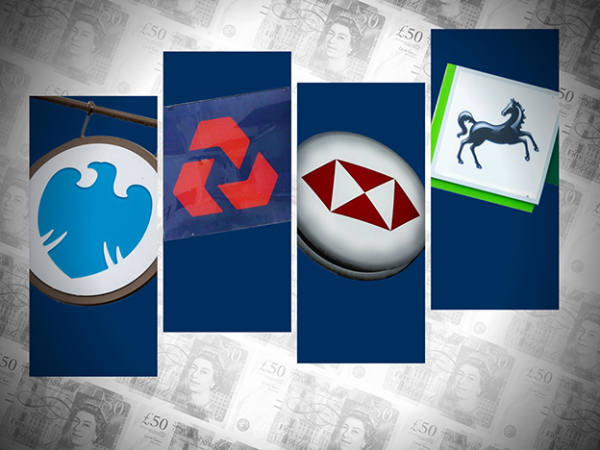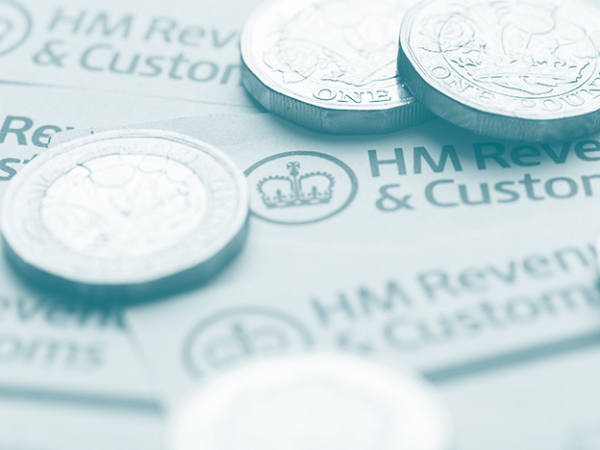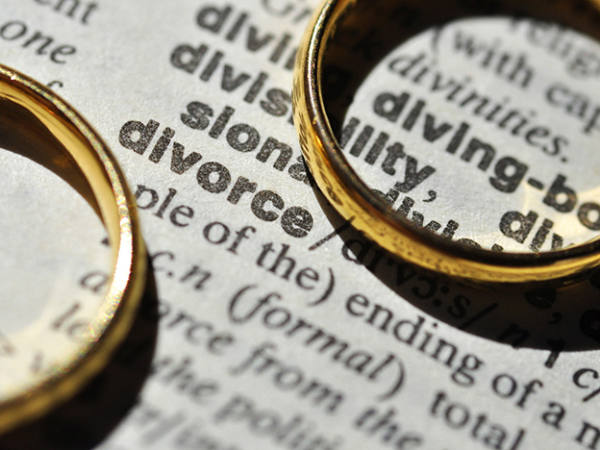Choosing the right investments is a very important part of trying to meet your financial goals and target returns. For this reason, we highlight a number of what might be suitable investments to hold in individual savings accounts (Isa).
However, there are five different types of Isas: stocks-and-shares Isas, cash Isas, lifetime Isas, innovative finance Isas and junior Isas. A sixth type – Help to Buy Isas – is no longer available. But if you already have one you can continue paying into it until December 2030.
IIt is important to choose the right types of Isas for your investment and financial goals, and use them appropriately. So we have set out below a few of the many things to bear in mind. Also see the money section for more information on Isas and how to use them.
1) If you invest in more than one type of Isa, do not invest more than the annual limit which for adults is £20,000 in the 2019-20 tax year.
If you have a long-term investment horizon of five years or more, a stocks-and-shares Isa is likely to be one of the main options for holding your investments tax-efficiently. Investments held within Isas do not incur income tax or capital gains tax (CGT) on bond investments, or dividend tax or CGT on equity-based investments.
The amount of dividend income you can receive tax-free has been slashed in recent years, meaning that you pay tax on dividend income over £2,000 a year on investments held outside a tax-efficient wrapper. This is at a rate of 7.5 per cent for basic-rate taxpayers, 32.5 per cent for higher-rate taxpayers or 38.1 per cent for additional-rate taxpayers.
2) So it may make sense to hold as many of your dividend or high-income-producing assets within a tax-efficient wrapper, such as an Isa, as possible.
Growth investments that do not produce an income are less of a priority because you do not incur CGT on these until you sell them at a profit. And when you sell them you can offset the gains against any losses and your annual CGT allowance, which is £12,000 for the 2019-20 tax year. Even if your gains exceed this amount, for higher and additional-rate taxpayers they will be taxed at a lower level than dividends or income.
3) Cash is also not a priority for Isas because of the personal savings allowance. This enables basic-rate taxpayers to earn £1,000 in interest on cash before incurring any tax, and higher-rate taxpayers £500 before they incur any tax. Because of current low interest rates many savers are unlikely to use up these annual allowances.
Additional-rate taxpayers do not have a personal savings allowance. If this applies to you and you have not used up your entire annual Isa allowance wrapping dividend-paying or high-income investments, it could be worth holding some of your cash within an Isa.
Sarah Coles, personal finance analyst at broker Hargreaves Lansdown, adds: “If you’re a basic-rate taxpayer with a couple of thousand pounds in savings, you’re not going to save tax with a cash Isa this year. But you may save significant tax further down the line as your savings build. These savings will be magnified if interest rates rise, pushing interest over the threshold. You’ll also be grateful you have an Isa if pay rises push you into a higher tax bracket, and your savings allowance drops.”
4) But don’t hold cash in an investment platform stocks-and-shares Isa, as these often pay low or no interest. Instead, hold it within a separate cash Isa, some of which offer relatively attractive rates. Shop around for the best cash Isa rates on comparison websites such as moneyfacts.co.uk, moneysupermarket.com and comparethemarket.com.
Parents or guardians can open junior Isas on behalf of children aged up to age 18. These can be invested in cash, or stocks and shares. In the 2019-20 tax year you can invest up to £4,368 in a junior Isa.
The money in a junior Isa is not accessible until the child turns 18, so 5) if the child is young and has an investment time horizon of five years or more, risk assets such as funds and shares are likely to produce better returns over that kind of time span than cash. But as you approach the time when the child is likely to withdraw the money, for example, to pay university costs, it is a good idea to move out of riskier growth assets into cash to consolidate the gains made.
If you need the money for the child in the short term, a junior Isa may not be a suitable option, unless the child is close to age 18.
When the child turns 18 they can withdraw the money from the Isa and spend it on what they want. You have no legal control over the Isa or the money in it. So 6) if you want control over the money you have saved and invested on behalf of your child, and you do not use all of your own annual Isa allowance, you could save into your Isa on behalf of your child. You could then give the child the money for the purpose you want, when you want.
Innovative finance Isas are for holding more unusual assets such as peer-to-peer loans and crowdfunding debentures, and available to investors over the age of 18. These types of securities can offer high rates of interest, so 7) it makes sense to hold them within a tax-efficient wrapper.
However, while peer-to-peer lending is often touted as a higher-interest alternative to cash, it is not anything like that essentially risk-free asset. Peer-to-peer loans are a high-risk debt investment, so 8) an innovative finance Isa invested in these could play a similar role in your portfolio to listed funds that invest in esoteric debt or high-yield bond funds. Innovative finance Isas are not suitable as a core holding, and you should 9) not invest any of your money in them unless you have a high risk appetite and long-term investment horizon.
“Those prepared to accept the risks could consider peer-to-peer, but it should only [account] for a small proportion of a portfolio which [is] far more heavily focused on other assets such as equities, fixed interest and property, and cash accounts protected by the Financial Services Compensation Scheme (FSCS),” says Patrick Connolly, chartered financial planner at Chase de Vere.
10) It is important that you understand the nature of and the risks of the securities you hold within innovative finance Isas. The main risk is that the borrowers you lend to default on their loans.
“You should be confident you understand who you’re lending to and how their ability to repay has been assessed,” advises Ms Coles. “You should also know how your money is divided between them. If there’s a safety net on offer, which aims to protect from the risk of bad debts, [find out] how big it is compared to the amount of loans outstanding, and how it would be allocated if [borrowers were] unable to repay their debts.”
The loans and the companies that originate them can vary considerably. For example, some loans are to businesses and some to individuals, and some originators spread your investment across many loans, while with others you lend to a smaller number of borrowers.
Peer-to-peer loans are not covered by the FCSS if the company that originates them fails. So in this respect they are riskier than debt investments such as open-ended bond funds which are covered by the FSCS.











